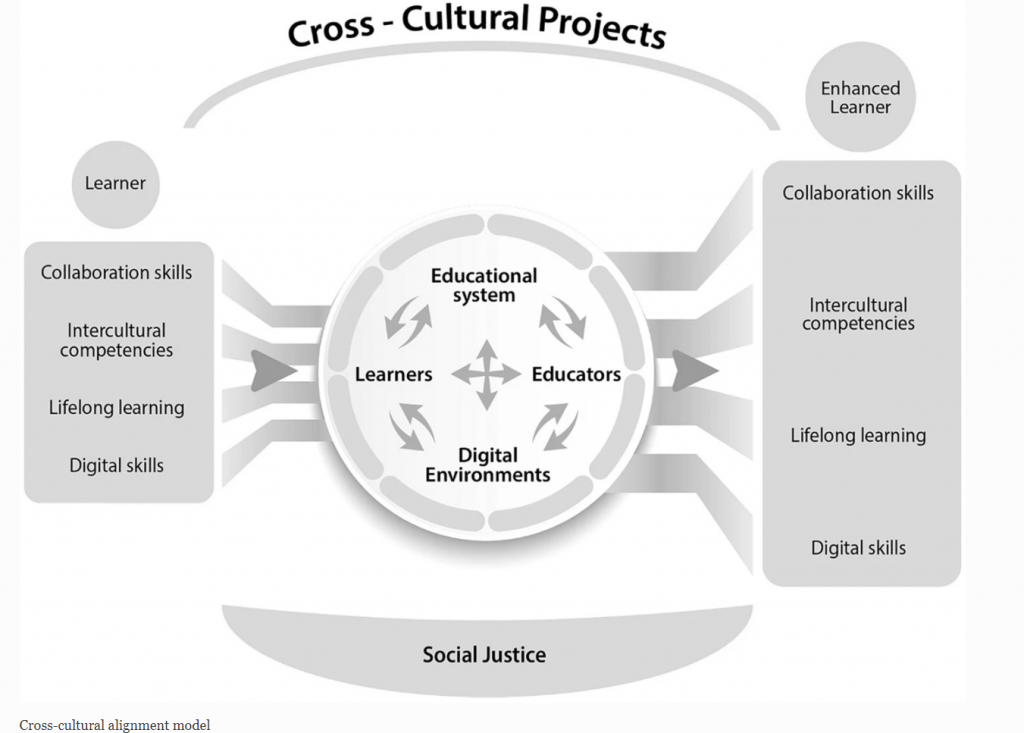Well it’s certainly feels good to be writing and sharing my thoughts regarding the use of technology while working with the First Nation Community in an educational setting. I am happy to report that we held our first, First Nation Advisory Committee Meeting. I have been reading a lot regarding how to facilitate and support a First Nation Advisory Committee Meeting. What I have learned is that It is critical that I am cognizant regarding the importance of this committee and truly listen to the group’s recommendations.
During my the Advisory Committee Meeting I asked for guidance and wow was it ever useful. What I appreciated is the group’s desire to have a purpose and direction. We quickly understood the complexity of what we are trying to accomplish in our schools. For one we needed clear direction on how we are going to support First Nation cultural permeation within our schools. Secondly, we need to understand that First Nation Cultures are vast and complex. Lastly, we need to understand what is our circle of influence and where can we make progress when it comes to understanding First Nation culture and how we can relate with each other. I struggled about doing things the “Right Way”. However, it was gently pointed out to me that the “Right Way” for First Nation cultural permeation does not have a one way fits all approach. It was suggested that if we want to use technology in a manner that facilitates understanding for First Nation culture we must do things in a “Good Way” instead.
So what does “Good” practice look when it comes to First Nation cultural permeation? Well, If you are like me your mind starts to see the magnitude and complexity this initiative can become. The Advisory Committee was able to help me determine that their are two paths at this time that we can pursue. In the short term we can look at the opportunities or “low hanging fruit” which is attainable in helping our students understand First Nation culture. The long term plan however is to develop a plan that uses technology in a manner that helps people to start their journey of understanding First Nation culture and understand the context of where people are coming from.
Do you have any ideas of how we can recognize the complexity of First Nation culture while developing a resource that people can access regularly to support interpersonal collaboration?

